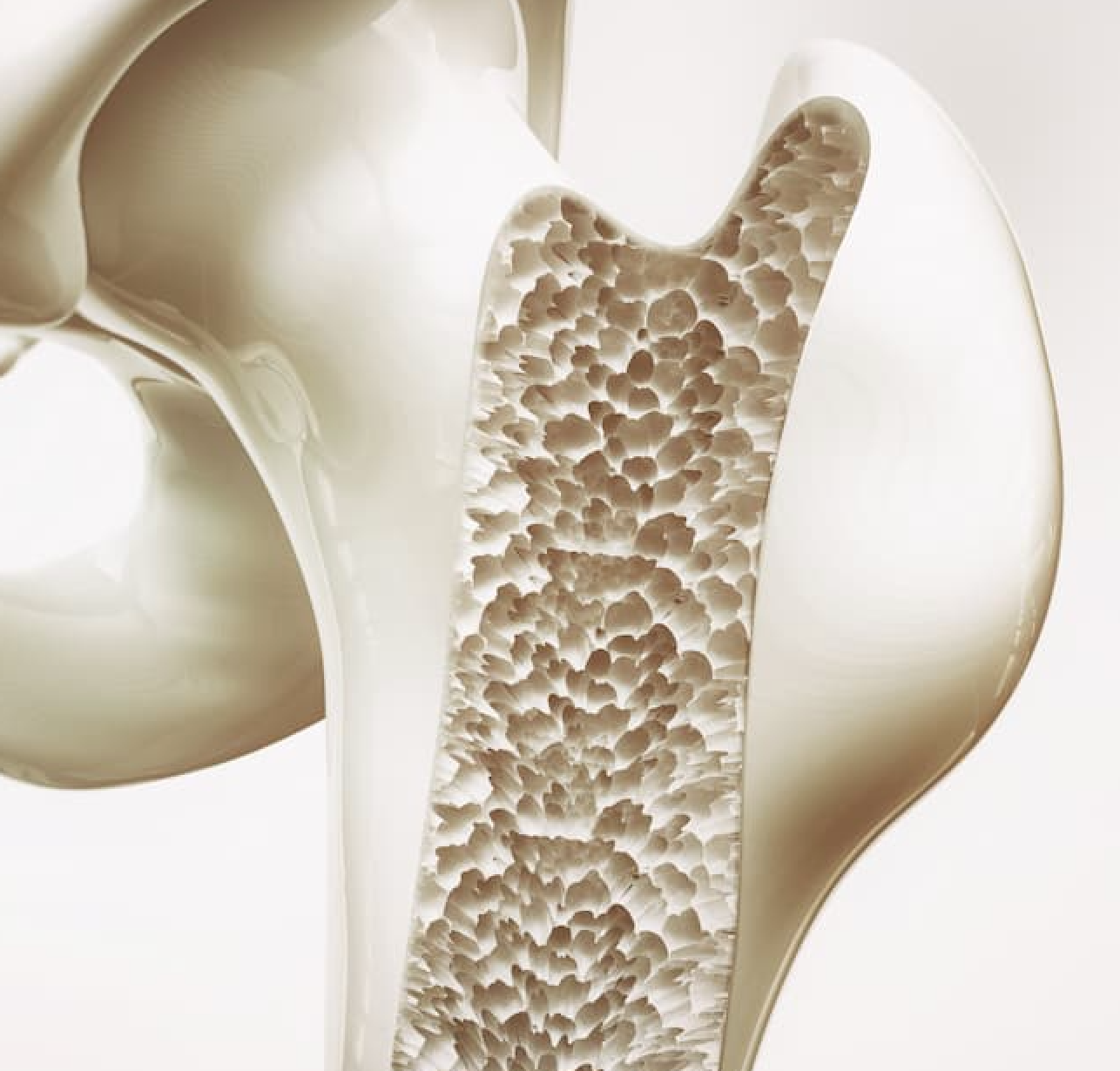News
Article
Denosumab Biosimilar SB16 Meets All Primary Endpoints in Phase 1, 3 Studies
Author(s):
Credit: Adobe Stock/crevis

The proposed denosumab (Prolia) biosimilar, SB16, demonstrated pharmacokinetic bioequivalence, as well as equivalent efficacy, safety, and immunogenicity, according to the results of 2 clinical trials presented at the American Society for Bone and Mineral Research (ASBMR) 2023 Annual Meeting.1 The subcutaneous biosimilar, a monoclonal antibody targeting RANK ligand (RANKL), is currently being developed to treat a variety osteoporosis-related conditions.2
About the Phase 1 Study
The double-blind, 3-arm, multicenter, parallel group and single-dose study evaluated the pharmacokinetic equivalence between the biosimilar, Europe-sourced denosumab (EU-DEN), and United States-sourced denosumab (US-DEN). Primary endpoints included the area under the concentration-time curve (AUC) from time 0 to infinity, AUC from time 0 to the last quantifiable concentration, and the maximum serum concentration. Safety, tolerability, immunogenicity, pharmacokinetics, and pharmacodynamics were observed for 197 days.
A total of 168 healthy male participants aged between 28 – 55 years were enrolled in the study. Patients were randomized 1:1:1 to receive a single 60 mg subcutaneous dose of SB16, EU-DEN, or US-DEN. All corresponding 90% confidence intervals (CIs) of the geometric least squares means ratio of pharmacokinetic parameters between the 3 drugs were within the equivalence margin of .80 – 1.25.
About the Phase 3 Study
The double-blind study evaluated the safety, efficacy, pharmacokinetics, immunogenicity, and pharmacodynamics of the proposed biosimilar compared with the reference product in postmenopausal patients with osteoporosis. In total, 457 patients were randomized 1:1 to subcutaneously receive either 60 mg of SB16 or the reference product at month 0, month 6, and month 12. At the 12-month mark, patients in the reference cohort were re-randomized 1:1 to begin SB16 or continue with denosumab.
The primary endpoints were the percent change from baseline in lumbar spine bone mineral density at 12 months. Equivalence was achieved if the 95% CI in the per-protocol set and 90% CI in the full-analysis set fell within the predefined margin. Pharmacodynamics were assessed using serum C-telopeptide of type 1 collagen and procollagen type I N-terminal propeptide [P1NP]. Other efficacy, safety, immunogenicity, and pharmacokinetic endpoints were also evaluated.
The study met its primary endpoints, with a difference in least squares means percent of .39 for the per-protocol set (95% CI: −0.36 – 1.13) and .33 for the full analysis set (90% CI: -.25 - .91). Additionally, the biosimilar demonstrated equivalent efficacy and comparable immunogenicity, safety, and pharmacodynamics.
The Reference Drug
Denosumab is a US Food and Drug Administration (FDA)-approved medication indicated to treat postmenopausal women at high risk for fracture, patients with intolerance or inadequate response to other osteoporosis treatments, and patients who will be taking corticosteroids for ≥6 months and are at a high risk for fracture.3 The drug is also used to increase bone mass in men with osteoporosis at a high risk for fracture and men at a high risk for fracture treated with certain medications for prostate cancer.
Common side effects of denosumab are back pain, muscle pain, joint pain, pain in the arms and legs, high cholesterol, and high blood pressure.
“We are pleased to present clinical data for SB16 for the first time at the ASBMR Annual Meeting. Through Phase 1 and 3 clinical studies, SB16 demonstrated biosimilarity to reference denosumab, meeting all the primary endpoints in both studies,” Ilsun Hong, vice president and product evaluation team leader at Samsung Bioepis, said in a statement.1 “As we continue to advance with our biosimilar development, our endeavors to enhance understanding of biosimilars among healthcare professionals will continue through our scientific research, publication and educational activities.”
References
- BioSpace. (2023, October 15). Samsung Bioepis presents phase 1 and 3 clinical results for SB16, a proposed biosimilar to Proliai (denosumab), at ASBMR 2023. https://www.biospace.com/article/releases/samsung-bioepis-presents-phase-1-and-3-clinical-results-for-sb16-a-proposed-biosimilar-to-prolia%E2%81%B1-denosumab-at-asbmr-2023/
- Kgi-Admin. (2023, September 11). Denosumab biosimilar by Samsung Bioepis for post menopausal osteoporosis: Likelihood of approval. Pharmaceutical Technology. https://www.pharmaceutical-technology.com/data-insights/denosumab-biosimilar-samsung-bioepis-post-menopausal-osteoporosis-likelihood-of-approval/?cf-view
- Prolia® (denosumab): Other approved indications. Prolia.com. (n.d.). https://www.prolia.com/proven-prolia-results/other-approved-indications





